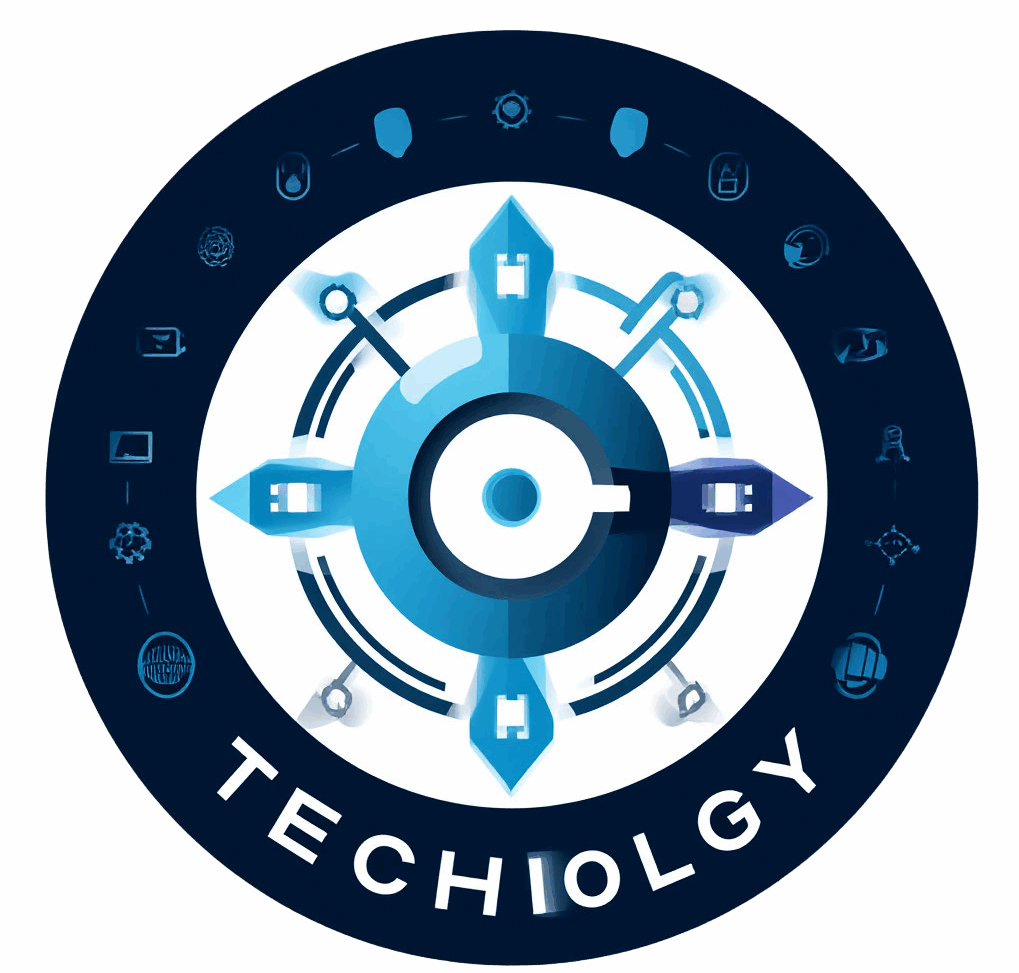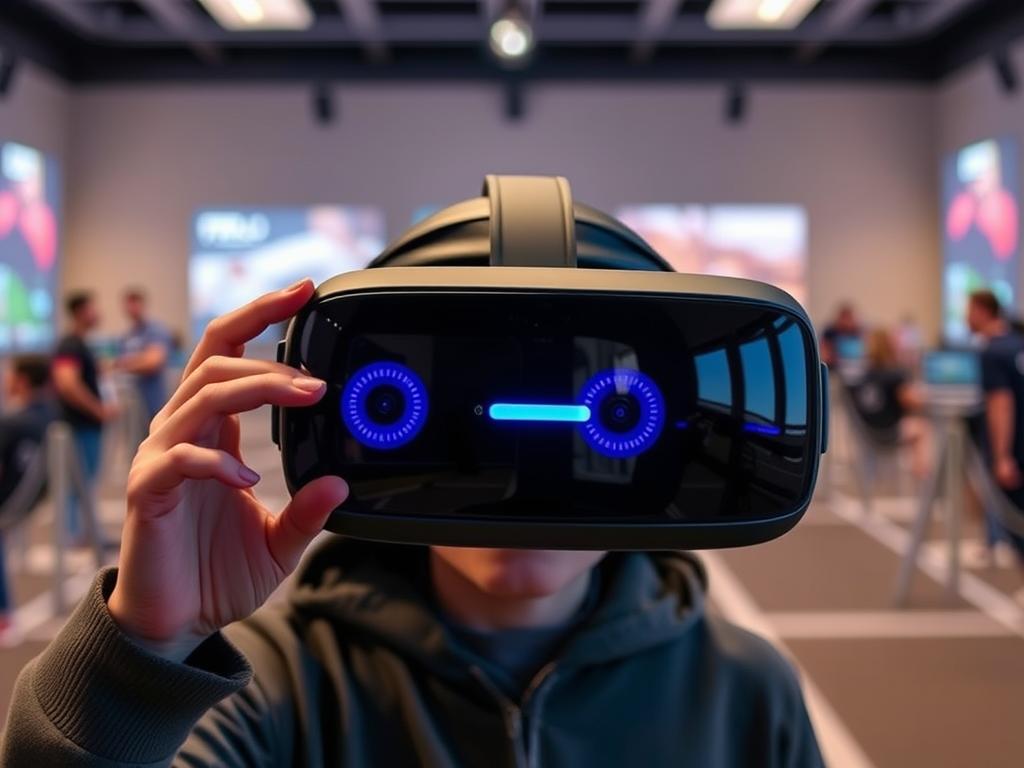Virtual Reality (VR) and Augmented Reality (AR) have moved beyond the realm of science fiction. Today, these technologies are revolutionizing how we interact with digital content, particularly in the fields of gaming and education. The future of VR and AR is poised to transform our experiences, blending the virtual and real worlds like never before. Whether you are a gamer seeking deep immersion or an educator aiming to enhance learning, the possibilities are boundless. Let’s take a close look at how these exciting technologies are shaping the next wave of innovation.
Understanding VR and AR: The Foundations of Immersion
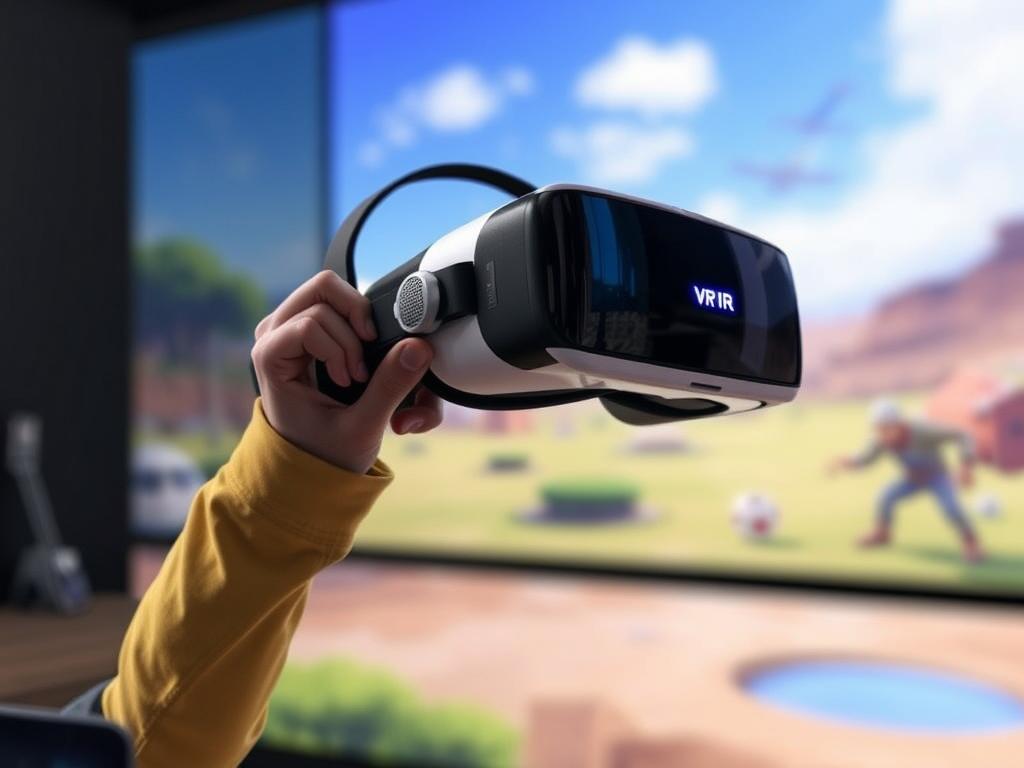
Before diving into their future applications, it’s important to grasp the basic differences between VR and AR. Virtual Reality creates a completely immersive environment, shutting out the physical world so users can interact entirely within a digital landscape. On the other hand, Augmented Reality overlays digital content onto the real world, enhancing reality rather than replacing it. Both technologies rely on advanced hardware like headsets, haptic devices, and sensors, and software designed to generate visually compelling and interactive experiences.
This foundational difference drives their distinct roles in gaming and education. VR is typically used to transport users to entirely new realms, offering unprecedented levels of presence in games or in virtual classrooms and training simulations. AR, meanwhile, enriches the user’s environment, making it ideal for interactive educational tools or gaming that blends physical and digital play. As hardware becomes more accessible and user-friendly, expect these boundaries to blur, creating hybrid experiences that combine the best of both worlds.
The Evolution of Gaming with VR and AR
Gaming has been the primary driver of VR and AR innovation for years, pushing boundaries and setting trends. In the past decade, VR gaming has evolved from bulky, expensive headsets to sleek, standalone devices capable of high-fidelity graphics and complex interactions. The introduction of AR games like Pokémon Go sparked a global phenomenon by showing how digital elements can coexist playfully within the real world.
Looking ahead, the future of VR and AR in gaming is incredibly promising thanks to several key advancements:
- Improved Hardware: Advances in display resolution, field of view, and motion tracking will create more realistic and comfortable experiences.
- Haptic Feedback and Sensory Integration: Technologies mimicking touch, temperature, and even smell will deepen immersion.
- Social and Multiplayer Experiences: Shared virtual worlds will allow players across the globe to interact and collaborate in real-time.
- AI and Procedural Content: Smarter, adaptive AI will generate unique game content on the fly, creating endless gameplay possibilities.
Gaming Trends to Watch
| Trend | Description | Impact on Gaming |
|---|---|---|
| Mixed Reality (MR) | Combining VR and AR elements to blend real and virtual environments interactively. | Enables games to utilize physical spaces for gameplay, making experiences more immersive and social. |
| Cloud Gaming Integration | Streaming VR/AR games over the internet rather than relying on local hardware. | Increases accessibility and reduces hardware costs, broadening the player base. |
| Wearable Controllers | Gloves, suits, and other wearable gear that capture nuanced player movements. | Enhances interaction precision, allowing for natural gestures and expressions within games. |
With these trends, the gaming industry will likely see VR and AR experiences that feel more intuitive, interactive, and interconnected than ever before.
Education Transformed: How VR and AR Empower Learning
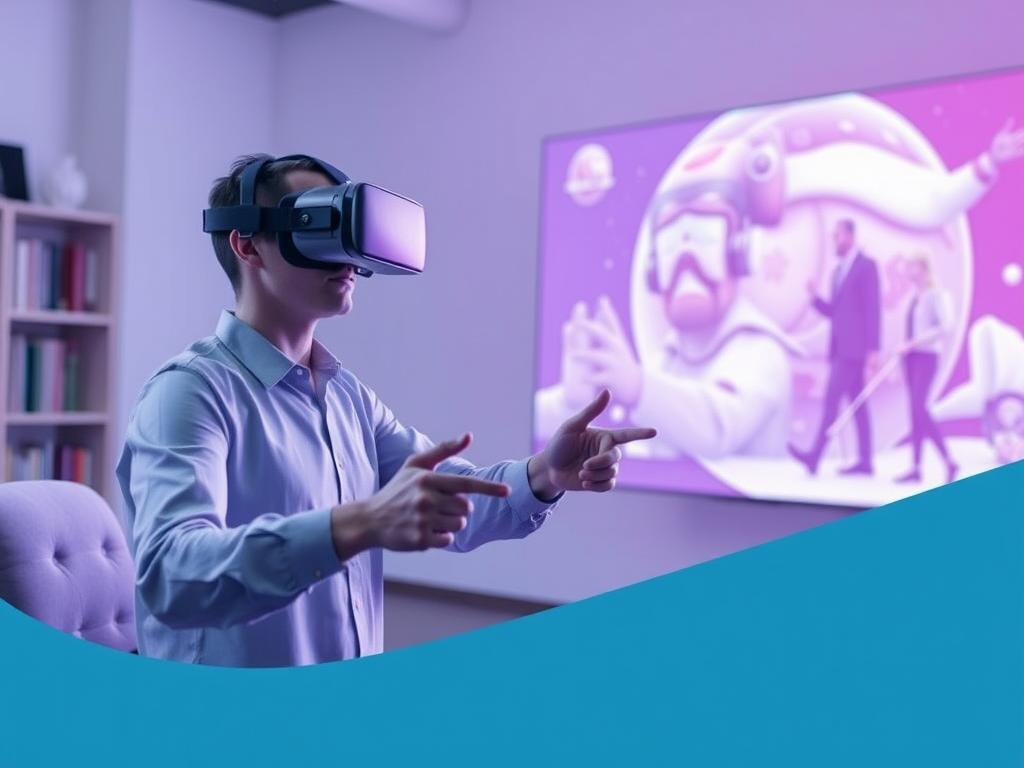
Education stands to gain enormously from VR and AR. Traditional classrooms often struggle with engagement and practical hands-on experiences, challenges VR and AR are uniquely positioned to address. Imagine history lessons where students can walk through ancient civilizations, or biology classes where learners can manipulate 3D models of the human body in real time. This technology makes the abstract concrete and the distant immediate.
Here are some ways VR and AR are actively transforming education today:
- Virtual Field Trips: Students explore museums, ecosystems, or laboratories without leaving the classroom.
- Simulations for Training: Medical students practice surgeries in virtual scenarios, aviation trainees fly planes in simulators, and engineers troubleshoot complex systems without risk.
- Interactive Learning Materials: AR apps bring textbooks to life, making learning active and self-directed.
- Special Needs Education: VR and AR provide customized experiences that cater to diverse learning styles and abilities.
Benefits of VR and AR in Education
| Benefit | Description | Effect on Learners |
|---|---|---|
| Enhanced Engagement | Immersive environments capture attention more effectively than traditional methods. | Improves focus, retention, and enthusiasm for subjects. |
| Practical Skill Development | Hands-on practice through simulations reinforces concepts. | Prepares students for real-world applications confidently and safely. |
| Accessibility | Virtual experiences eliminate physical, geographical, and resource barriers. | Creates equal opportunities for learners worldwide. |
The Challenges Ahead: Navigating the VR and AR Landscape
Despite their vast potential, VR and AR also face challenges that must be addressed for widespread adoption in gaming and education. Hardware costs, though decreasing, remain a barrier for many institutions and users. Additionally, content creation for VR and AR remains resource-intensive, requiring new skill sets and creative approaches. Privacy concerns and motion sickness are other hurdles that the industry is actively working to mitigate.
A key challenge is ensuring these technologies are inclusive and accessible to all, avoiding digital divides that could widen educational and entertainment gaps. Moreover, thoughtful integration into pedagogical and game design frameworks is critical. Simply adding VR or AR without purpose can lead to gimmicks rather than meaningful enhancements.
Looking Ahead: What the Next Decade Holds
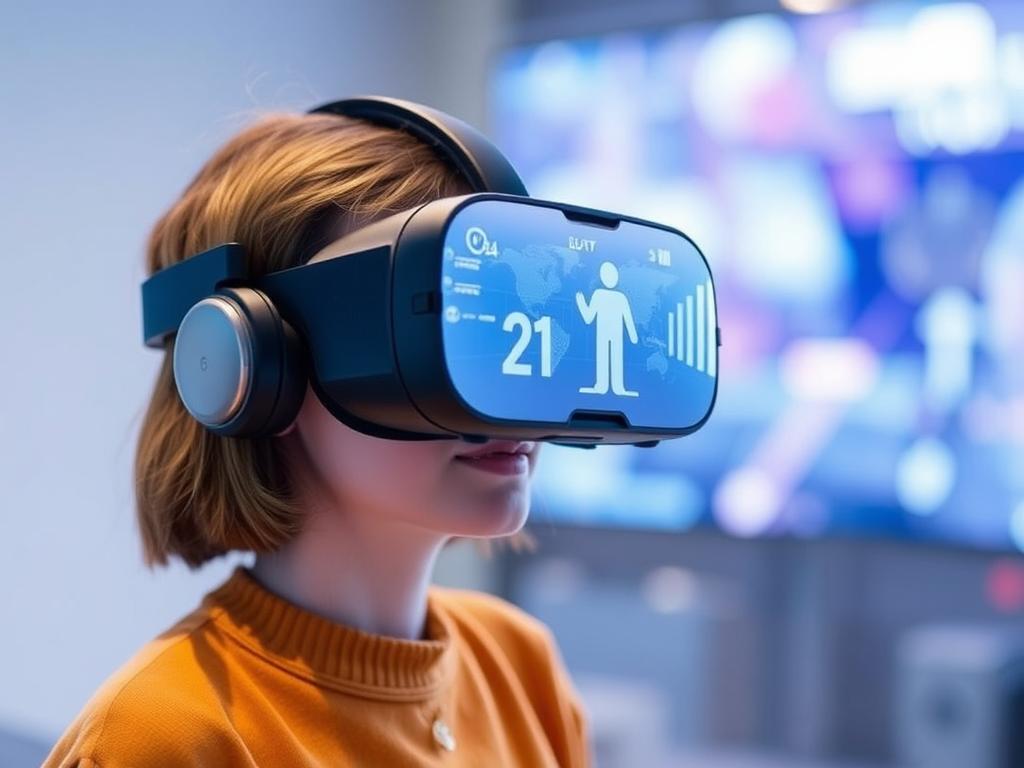
The future of VR and AR in gaming and education is bright and expanding. We’ll see devices become lighter, affordable, and more powerful, opening doors for even more immersive experiences. AI advancements paired with VR and AR will personalize learning and gameplay like never before, adapting to the user’s needs dynamically.
Mixed reality environments will become commonplace, blending physical and digital worlds seamlessly. In education, this means classrooms that adapt instantly to different subjects and learner profiles. For gaming, it means worlds that react organically to players, supporting collaborative adventures and storytelling.
Developers and educators are only starting to scratch the surface of VR and AR’s capabilities. As these fields converge and mature, the distinction between gaming entertainment and educational experience may blur, offering powerful, engaging learning through play.
Summary Table: VR and AR Future Highlights
| Area | Future Development | Impact |
|---|---|---|
| Gaming | Advanced sensory feedback, cloud gaming, mixed reality | More immersive, accessible, and interactive gameplay |
| Education | Virtual classrooms, adaptive learning via AI, inclusive tools | Engaged learners, practical skills, equitable education |
| Accessibility | Cost reduction, wearable devices, mobile VR/AR | Broader user base, varied applications globally |
Conclusion
In summary, the future of VR and AR in gaming and education promises a thrilling evolution. These immersive technologies not only make experiences more vivid and engaging but also break down barriers to learning and play. As hardware improves and creative applications expand, expect to see a new generation of games and educational tools that are more interactive, personalized, and impactful. The coming decade will likely blend the virtual and real so seamlessly that our daily interactions, both for fun and for growth, will never be quite the same. For gamers and learners alike, this transformation is an exciting leap forward into a world of infinite possibilities.
